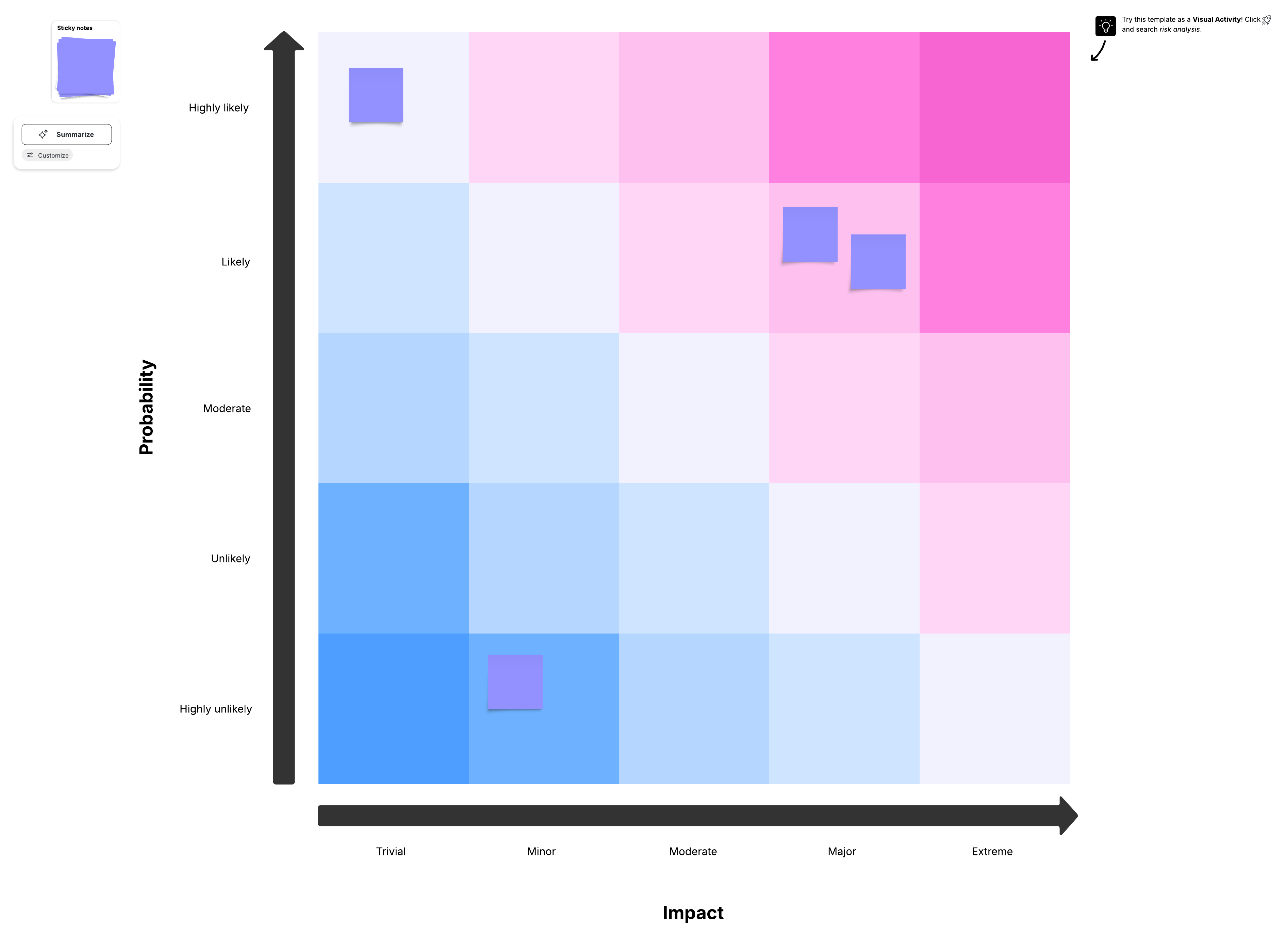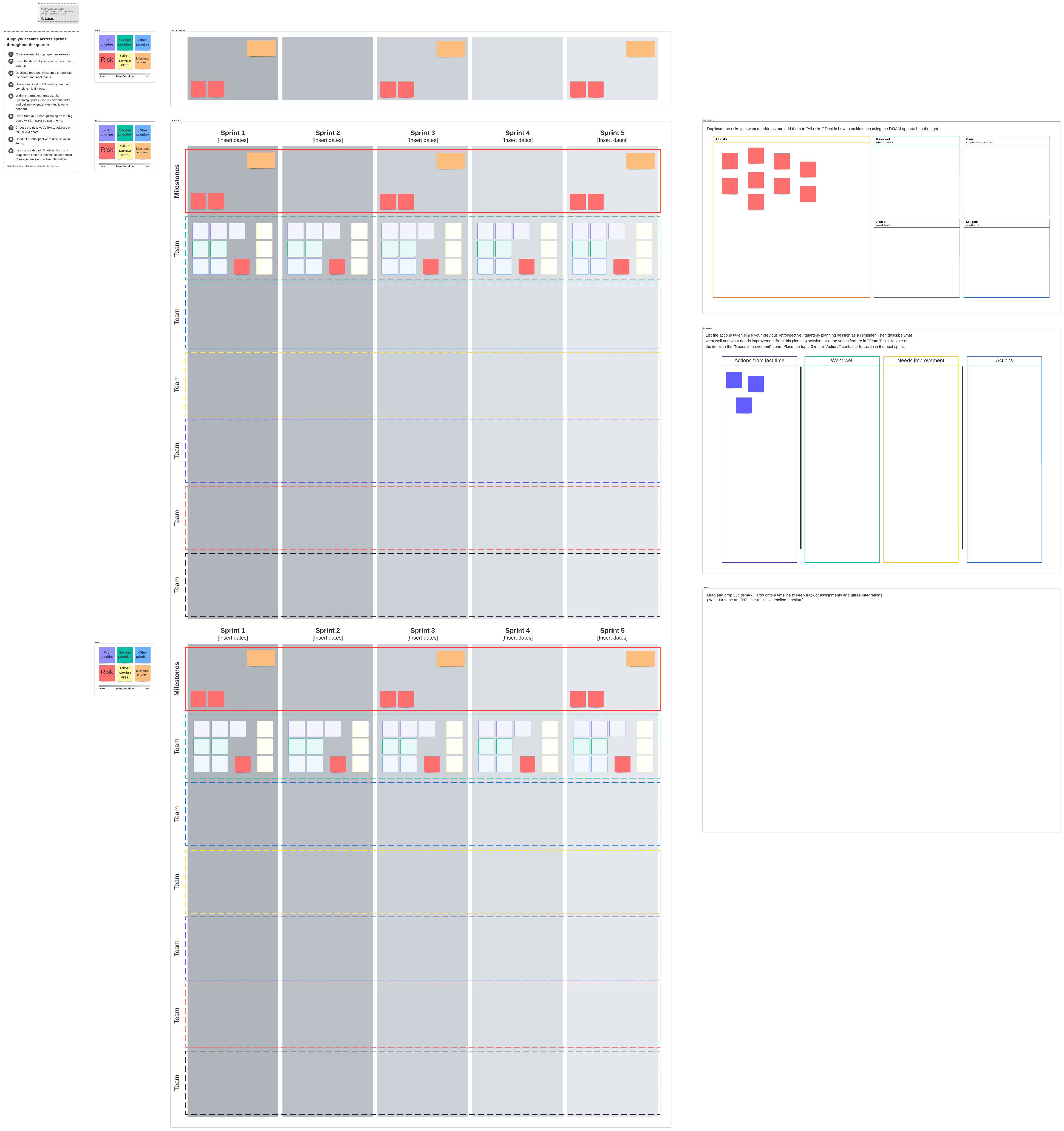
What is aggregate planning? Explore strategies, tips, and templates
Reading time: about 5 min
Topics:
Every successful business toes the line between surplus and shortage. How do you effectively match your production, inventory, and staffing to volatile customer demand? The answer is aggregate planning.
In this article, we will share strategies, examples, and tips to conduct your own aggregate planning. We’ve also included templates to jump-start your process.
What is aggregate planning?
Aggregate planning is the strategic method used to balance a company’s capacity (workforce, production, inventory, and equipment) with anticipated demand in the near future (3-18 months). This process is widely used across industries, from manufacturing goods to selling services. Aggregate planning is mainly conducted by operations and supply chain managers to visualize and monitor their production workflow.
Here are two aggregate planning examples:
Goods: A local bakery specializes in making a variety of holiday pies. While their sales are pretty predictable year-round, the demand skyrockets in the fall and winter months. The operations lead at the bakery is tasked with figuring out how to keep bakery supply steady in the offseason and also meet the high demand during the holidays. They can’t build up too much of an inventory, as pies only stay fresh for a few days, so they consider hiring seasonal workers and offering overtime to employees.
Service: A large tech company sells visual collaboration software. The product managers and product teams gather twice a year to conduct a planning session and see what projects can be tackled over the course of the next quarter to the following year. They have to factor in their current backlog items, the bandwidth of team members, and what initiatives are currently in-flight.
Both scenarios involve different products, which will drastically affect the approach to aggregate planning. Let’s look at the different aggregate planning strategies.
Aggregate planning strategies
There are several approaches to aggregate planning. Choosing the right strategy will depend on available resources, your product, and how the business operates. You can also take different approaches during different seasons of your business.
-
Level production: Keep production stable throughout the year, no matter how demand fluctuates. This helps build up inventory when demand is low, so you can reach for that inventory when demand is high.
-
Chase strategy: Adjust production based on demand. Maybe you need to cut hours, ramp up hours, or hire additional help, depending on demand in a particular season.
-
Hybrid: Implement a mix of level production and chase strategy. Balance stable production while being flexible to make temporary adjustments, all while using your extra inventory as a buffer.
-
Outsourcing: If demand becomes too high for your workforce to realistically produce, consider subcontracting extra help from third-party suppliers.
-
Backorder: Take orders but fulfill them in the future. You’ll have little to no inventory, as the demand exceeds the supply.
How to create an aggregate plan
Aggregate demand planning requires collaboration from multiple teams. You have to gather data on workers, time capacity, production, and more, to forecast accurately. Additionally, it's important to house this information in a central, accessible location to establish a single source of truth.
Here’s how to create an effective aggregate plan:
-
Data collection
Pull data on sales and marketing patterns. These statistics will help you forecast future trends and set your organization up for success, while making informed decisions about resources, such as capacity, spending, hiring, and manufacturing. Involve teams early on and begin to create a single source of truth. House all data findings in one spot for easy access. That way, people can source this information when needed.
-
Assess risk
There are many ways to assess risk. Doing so is helpful for addressing market challenges and the limitations of your operations. Consider using a risk management tool like a risk assessment matrix to effectively plan resources and prepare for obstacles that lie ahead.
-
Integrate with other apps
Rather than manually updating your aggregate plan, leverage Lucid integrations to automatically link your diagrams to external data. Any updates are made in real time so that your team always has access to accurate information for project planning, forecasting, and collaborative decision-making.
-
Calculate different scenarios
Create a current state and a future state to model multiple scenarios of your plan. This will prepare your team to address unexpected events and help them visualize possible outcomes. After assessing the options, choose the best plan for your organization.
-
Implement and monitor
After you’ve implemented your plan, it is important to monitor it for continuous improvement. This will help you identify areas of optimization, respond to changes, implement new technology, and more. Compare the actual performance against the forecasted plan, and make adjustments as necessary.
Pro tip: Ask for regular feedback from your teams for what's working and what’s not.
Aggregate planning templates
Accelerate the aggregate planning process in Lucid. These templates are fully customizable and shareable, so your team can collaborate in real time, achieve alignment, and increase efficiency.
Gantt chart
Easily visualize your project timeline from start to finish. Use Lucid Cards to create specific tasks related to your project, or import tasks from airfocus, Jira, or Azure DevOps.

Risk assessment
Quickly prioritize potential risk with this visual framework. Once risk is identified, you and your team can efficiently allocate resources and focus on addressing the most critical threats.

Planning
Simplify complex planning by helping participants visualize the big picture of initiatives and milestones. Use breakout boards to divide the larger group into focused work, ensuring all departments quickly align and establish a shared vision.

Project planning with Smartsheet
Pair visual collaboration with project management with our Lucid Cards for Smartsheet integration! Keep everyone organized and up to date throughout the aggregate planning process. Easily capture the overarching goals, measures of success, progress, and more.

Current vs. future state flowchart
Test how different aggregate demand planning strategies will alter your operations. You can create multiple iterations of the future state and ask for feedback from other leaders.

Using these templates is a great start to evaluate your operations and improve planning.
Key takeaways
-
Aggregate planning is essential for balancing supply and demand. Aggregate planning matches your total capacity with anticipated demand 3-18 months in the future.
-
Choose the right strategy. There are several different aggregate planning strategies to consider. You’ll need to consider factors such as product, industry, resources, and others.
-
Automate, integrate, and leverage templates. Automate processes where you can, integrate your software with project management and communication apps, and use professional templates for consistency and efficiency.
About Lucid
Lucid Software is the leader in visual collaboration and work acceleration, helping teams see and build the future by turning ideas into reality. Its products include the Lucid Visual Collaboration Suite (Lucidchart and Lucidspark) and airfocus. The Lucid Visual Collaboration Suite, combined with powerful accelerators for business agility, cloud, and process transformation, empowers organizations to streamline work, foster alignment, and drive business transformation at scale. airfocus, an AI-powered product management and roadmapping platform, extends these capabilities by helping teams prioritize work, define product strategy, and align execution with business goals. The most used work acceleration platform by the Fortune 500, Lucid's solutions are trusted by more than 100 million users across enterprises worldwide, including Google, GE, and NBC Universal. Lucid partners with leaders such as Google, Atlassian, and Microsoft, and has received numerous awards for its products, growth, and workplace culture.
Related articles
Resource forecasting for project managers
In this article, we’ll discuss resource forecasting, why it’s essential, and share some best practices to help you in your resource forecasting efforts.
What is resource management?
In this blog post, we will explore what resource management is, why it is important, and some skills for managers to apply today.
Why you should use a risk assessment matrix
There are many reasons why you should frequently use a risk assessment matrix. Let’s take a closer look.
